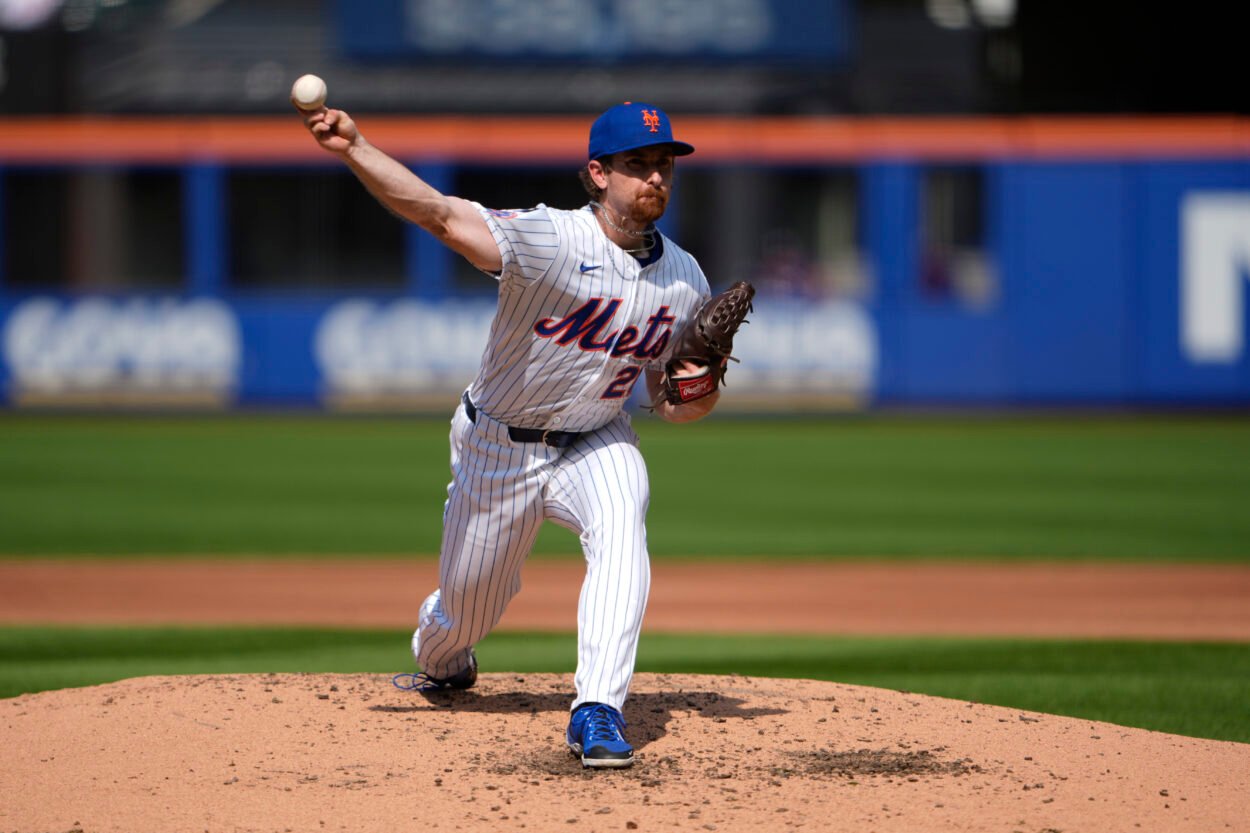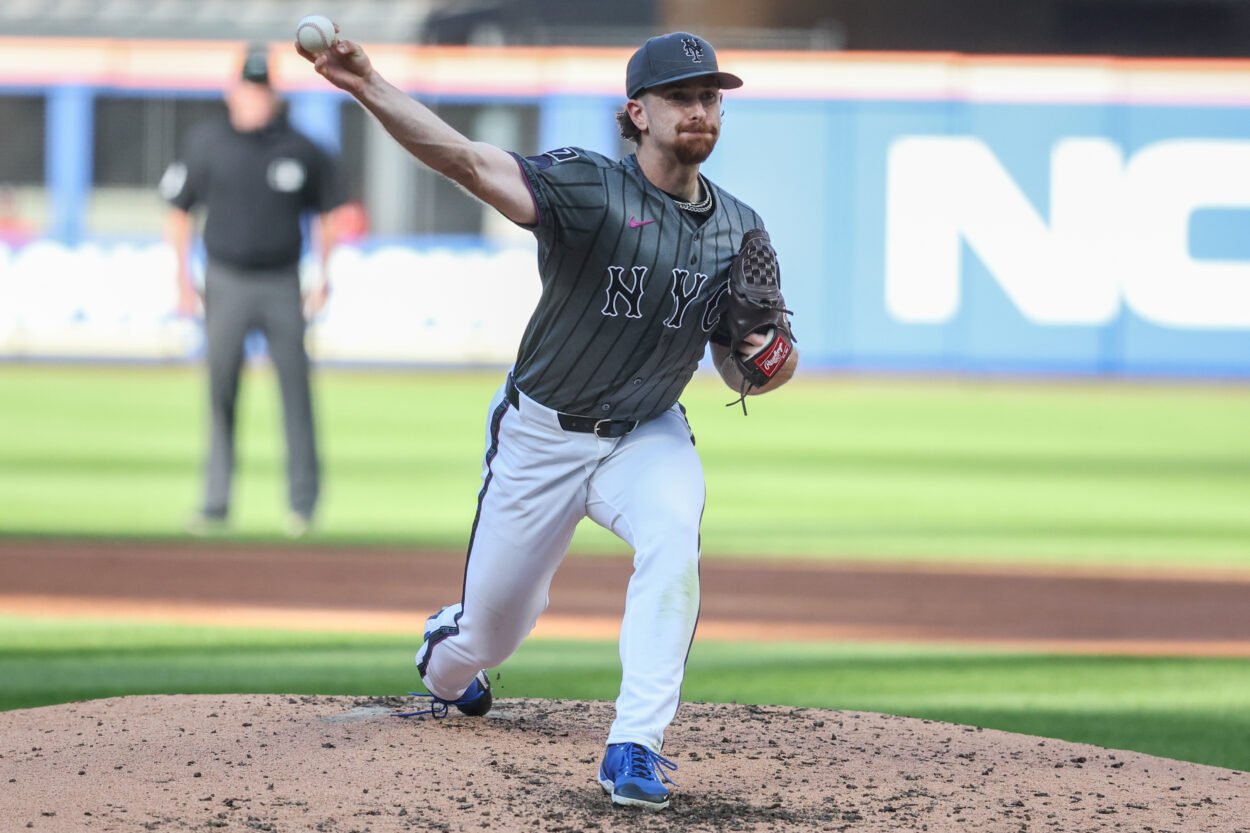
Sometimes a team spends an entire winter searching for help in places where it already quietly exists. The New York Mets know they need more pitching. Whether it’s chasing a blockbuster name like Tarik Skubal or making a run at free agents such as Michael King or Dylan Cease, the front office understands reinforcements are necessary. But before they finalize any big splash, they also recognize something important: one of their most exciting arms is already in the building.
Nolan McLean’s breakout in 2025 didn’t just turn heads. It changed the way the organization evaluates its own rotation.
The Mets didn’t have to trade for upside — it blossomed on its own
McLean, just 24 years old, arrived in the majors with raw potential and left his first season looking like a future frontline starter. Across 48 innings, he delivered a 2.06 ERA with 57 strikeouts, flashing electric stuff that never looked out of place against big league hitters.

Plenty of young pitchers show promise early. McLean showcased command of a full arsenal.
His four-pitch mix — sinker, sweeper, curveball, and four-seam fastball — made him unpredictable and tough to square up. Even more impressive, he was doing this while still refining key pieces of his repertoire.
A sinker with rare dominance
Sinkers usually exist to induce weak contact and keep hitters off balance. McLean’s did that and then some.
Opponents hit just .193 against the pitch, while he posted a massive 29.8 percent put-away rate with it. That’s elite territory for any pitch, let alone a sinker. Its late run paired with his velocity made hitters uncomfortable, and it became his go-to weapon for generating quick outs or finishing at-bats.
Combine that with a 60.2 percent ground ball rate, and it’s clear why the Mets immediately viewed him as a long-term rotation cornerstone.
The curveball is already a nightmare for hitters
If the sinker was impressive, the curveball was downright unfair. Hitters managed just a .074 batting average against it, and his 50 percent whiff rate showed how often they swung through it.
McLean used the curveball in high-leverage counts, leaning on its sharp break to grab strikeouts or force ugly swings. The pitch pairs beautifully with his sinker, creating a north–south approach that big-league lineups struggled to time.

Room for growth makes McLean even scarier
The key development area is the sweeper, which was the weakest pitch in his mix last season. Opponents hit .361 against it, and its inconsistent movement made it unreliable in certain counts. But this is also the pitch evaluators believe will improve the fastest with more experience.
If the sweeper sharpens — even slightly — McLean’s pitch mix becomes one of the most well-rounded sets among young starters in the league.
That’s why the Mets view him with such optimism. He’s not a finished product, yet he was already carving through lineups in 2025.
Reinforcements are still necessary — but McLean changes the equation
The Mets understand that one young arm, no matter how talented, doesn’t complete a rotation. Depth is essential, especially with their aspirations to compete immediately in 2026. They still need another high-end starter, whether it’s through a trade or free agency, and the market offers plenty of intriguing options.
But McLean’s emergence gives the Mets something they desperately needed: a controllable, high-upside pitcher who can grow into an ace without costing them prospects or a massive contract.
And that flexibility matters.
A promising future built around homegrown talent
If the Mets add a frontline veteran to pair with McLean, Kodai Senga, and their other young arms, the rotation could take a major step forward in 2026. McLean’s dominance doesn’t replace the need for external help, but it does give the front office more confidence — and more leverage — as they navigate the offseason.
The Mets wanted an ace. They may have already found one.
